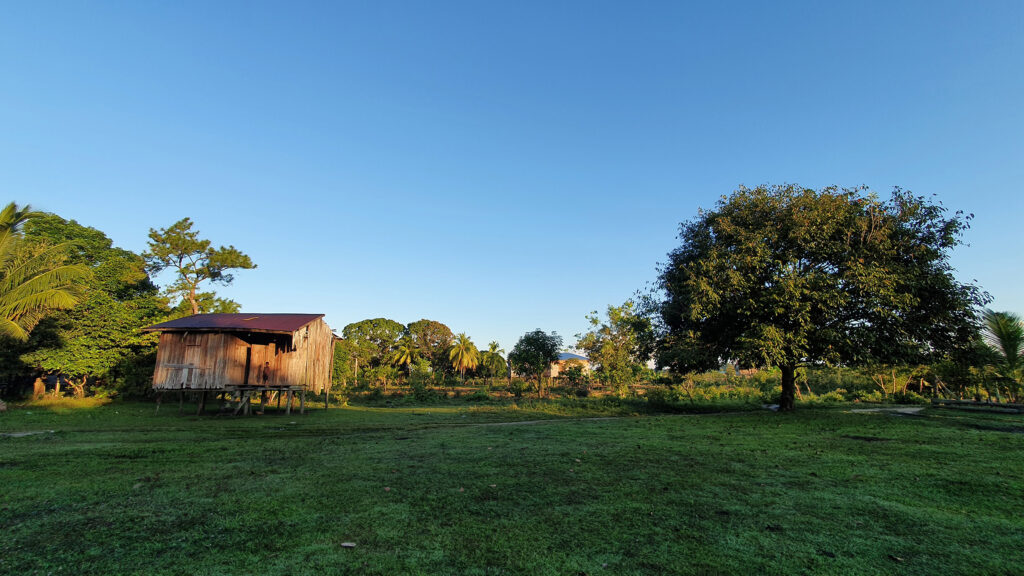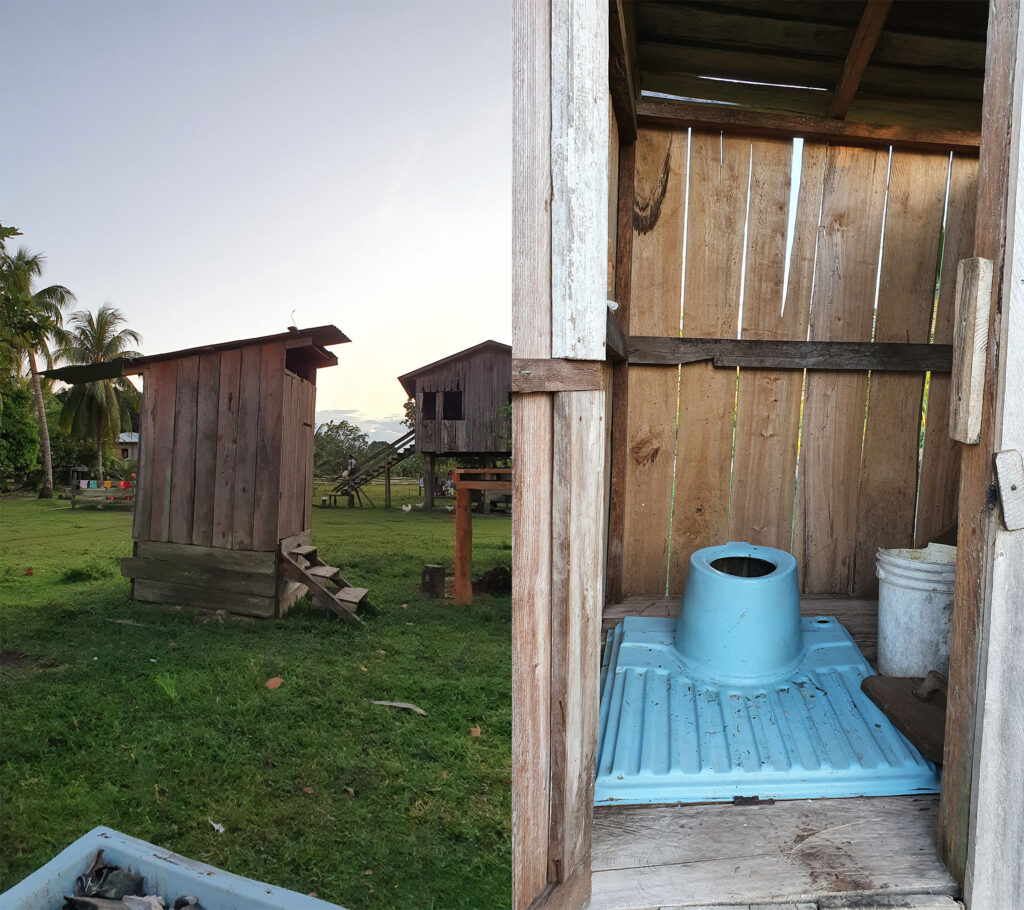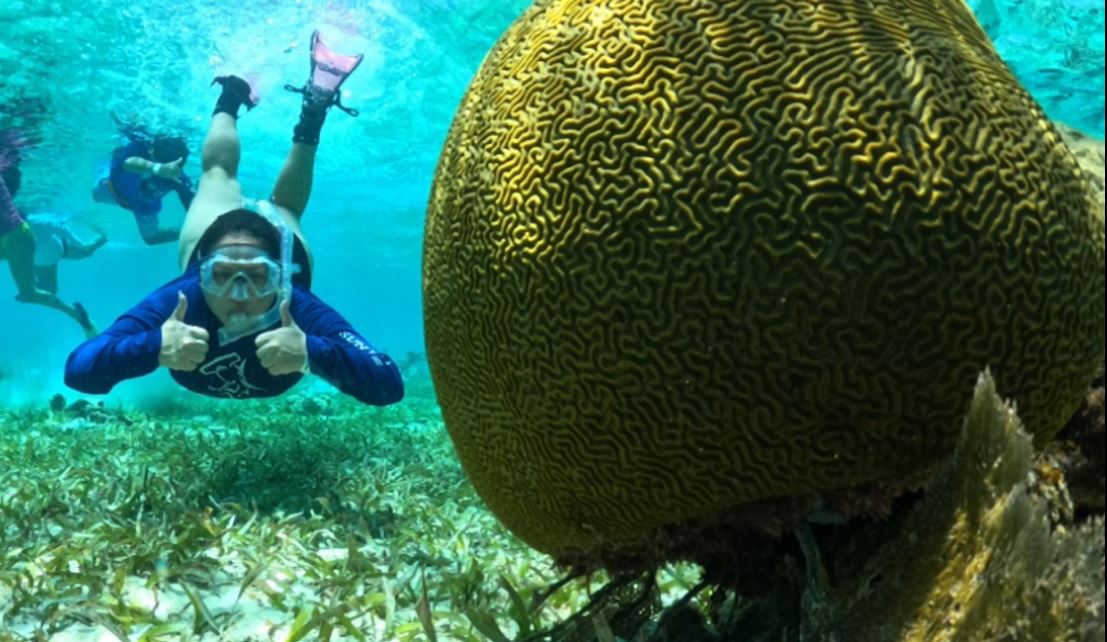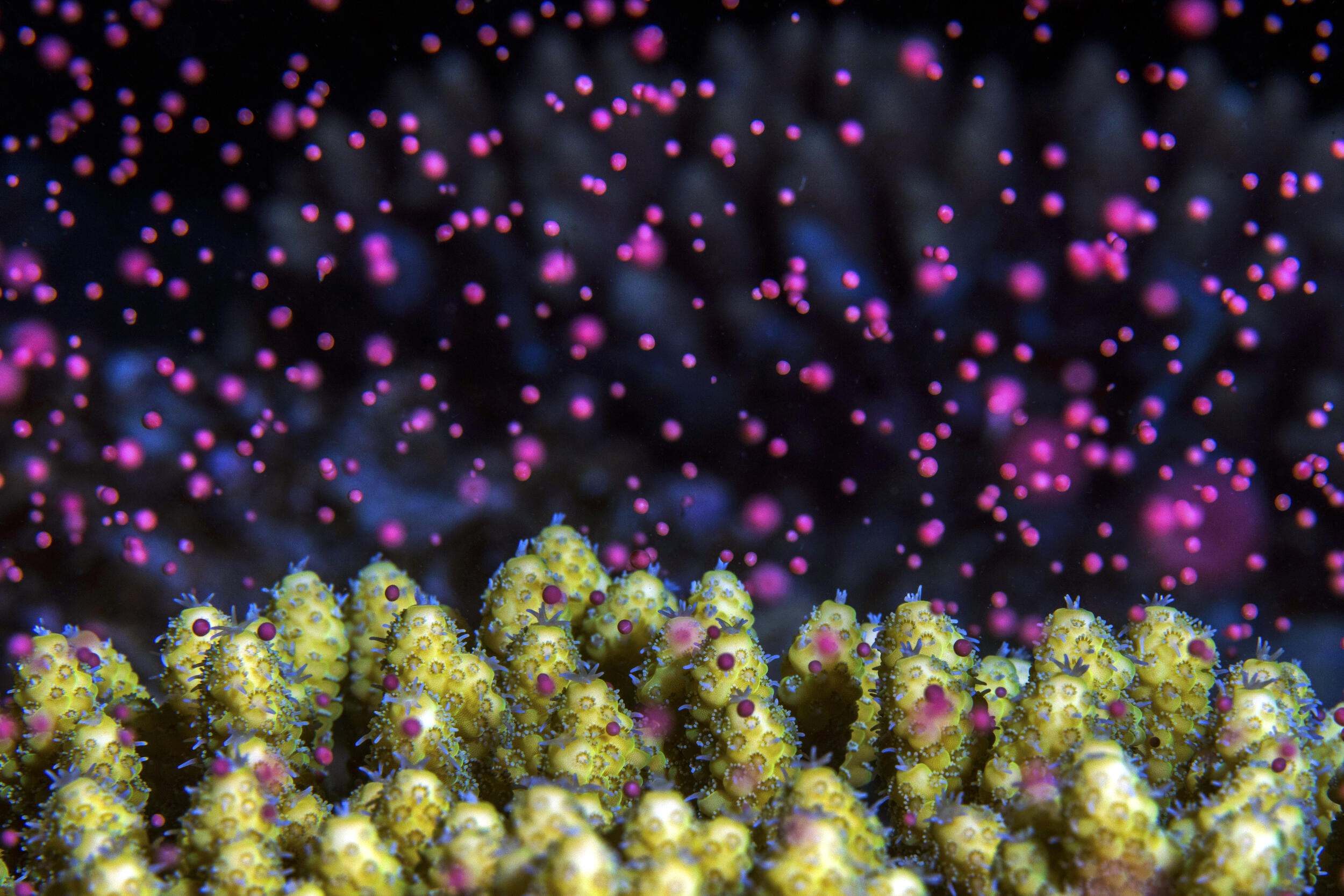Constructing Pit Latrines to Improve Wastewater Management in La Moskitia
Location
Wamakklicinasta and Truktsinasta territories, La Moskitia, Honduras
The challenge
La Moskitia is a coastal zone in Honduras known for its rich biodiversity and is made up of a lagoon system belonging to several protected areas and national parks. The region is also characterized by extreme poverty, structural and economic discrimination, low literacy rates, unemployment, high rates of physical disabilities, chronic malnutrition, and lack of access to drinking water (IUCN 2020). Approximately 80% of the communities lack sanitation services, rendering Miskitos extremely vulnerable to poor health due to contaminated water.

One of the villages where GEF CReW+ worked with the community to build and install latrines. Photo © Uver Villalobos
La Moskitia is geographically isolated, with 24,679 people living in 82 communities dispersed throughout the region. There are no highways connecting La Moskitia to the rest of Honduras, and there are few internal roads. The lack of household sanitation systems, specifically flush toilets, in La Moskitia results in open defecation near homes. Fecal materials collect in the ground, contaminate soils, and eventually end up in nearby lagoons and rivers, polluting the water and creating a health hazard for the farms and fisheries in the area. Additionally, as the Honduran Moskitia extends to Honduras’s east coast on the Caribbean Sea, polluted waterways in La Moskitia could impact the nearby Mesoamerican Reef system.
Actions taken
The Global Environment Facility Caribbean Regional Fund for Wastewater Management project (GEF CReW+) is an integrated approach to water and wastewater management in the Wider Caribbean Region using innovative solutions and sustainable financing mechanisms. In 2015, the Deutsche Gesellschaft für Internationale Zusammenarbeit (GIZ) GmbH, under the direction of the GEF CReW+, began working in la Moskitia to introduce a new latrine design to the communities while also generating awareness and building capacity to sustain the operation of the latrines locally. In 2021, GIZ, under the direction of the GEF CReW+ project, helped 100 families build 75 latrines in the Wamakklicinasta and Truktsinasta territories within La Moskitia. The local community gave input on the design and type of latrine best suited to the area and helped build them using local wood. Construction, operation, and maintenance manuals were written in Spanish and Miskito, with significant input from community members.
Additionally, GIZ, under the direction of the GEF CReW+ project, held community gatherings to train people on proper latrine use and maintenance, thus promoting long-term project success and integration of latrine use in the community.

Newly constructed pit latrine. Photo © Uver Villalobos
How successful has it been?
The GEF CReW+ efforts have resulted in behavior change throughout the region, and latrine use is high. The overarching goal of the effort was not only to build latrines, but to provide sanitation solutions for these communities. Following the completion of the initial 75 latrines, the community is requesting help with constructing additional latrines, which demonstrates the positive acceptance of the latrines.
Another notable outcome of this effort is the economic empowerment of the community. Local workers were involved in building the latrines, which generated a revenue stream in an impoverished area with few to no options for work. Additionally, women were actively involved in this process and in many cases were the primary managers of the payroll for the workers building the latrines. This new responsibility provided women with an opportunity to have an active economic role in the community, most for the first time.
GEF, under the direction of CReW+ will monitor environmental outcomes from the project (e.g., reduced pollution) after the latrines have been in use for several years. Measuring the pollution levels in the nearby waterways and understanding the connection between reduced pollution and the socioeconomic conditions of the community, particularly in regard to their fishing and agricultural work, will be key indicators of project and program success.
Lessons learned and recommendations
- Involve the community from the beginning of the process. The local population must be involved from the start of a project, including planning, design, site selection, construction, and other relevant phases. Throughout this process, decisions should be reached through consensus with the community. This creates community buy-in, which is crucial for the sustainability of the project, especially if the infrastructure requires maintenance, as is the case with the pit latrines. Prior to beginning construction, the GIZ and GEF CReW+ teams visited and met with the local communities, the territorial council, and local builders. All local families were invited to engage in the process and some families took active roles in the decision-making while others felt resistant to using the latrines. Working through this resistance was part of the behavioral change elements of the work. Planning meetings helped identify the community’s needs, as well as ensure the entire community, including women, was involved in decision-making.
- Understand and honor a community’s cultural practices. It is critical to understand indigenous cultural heritage and practices so they can be respected and honored. For example, extracting wood for the latrines was done in keeping with the local lunar time practice—an ancestral custom from the Miskito aboriginals that helps prevent deterioration of the wood by extracting it in accordance with the moon’s good timing.
- Employ a holistic approach to interventions. Considering environmental and social elements is necessary for generating long-term systemic change. In this project, economically empowering women and fostering their decision-making and leadership positions within the community provided an added value. For the first time, women were able to make financial decisions for their families, allowing them greater autonomy and helping shift the gender power dynamics in the community. Considering these intersecting factors is critical to achieving project sustainability.
Funding summary
The GEF CReW+ project is financed by the GEF. The project was approved in November 2017 for an amount of US$14,943,938 by the GEF Trust Fund for implementation through 2022. The project timeline has been extended until June 2024 given delays in implementation caused largely by impacts of the COVID-19 pandemic.
Lead organizations
GEF CReW+ is being co-implemented by the Inter-American Development Bank (IDB) and the United Nations Environment Programme (UNEP) in 18 countries of the Wider Caribbean Region (WCR). GEF CReW+ is being co-executed by GIZ, the Organization of the American States, and the Secretariat of the Cartagena Convention on behalf of the IDB and UNEP.
Partners
Pana-Pana and Centro de Estudios y Control deContaminantes from the Ministry of Environment of Honduras.


